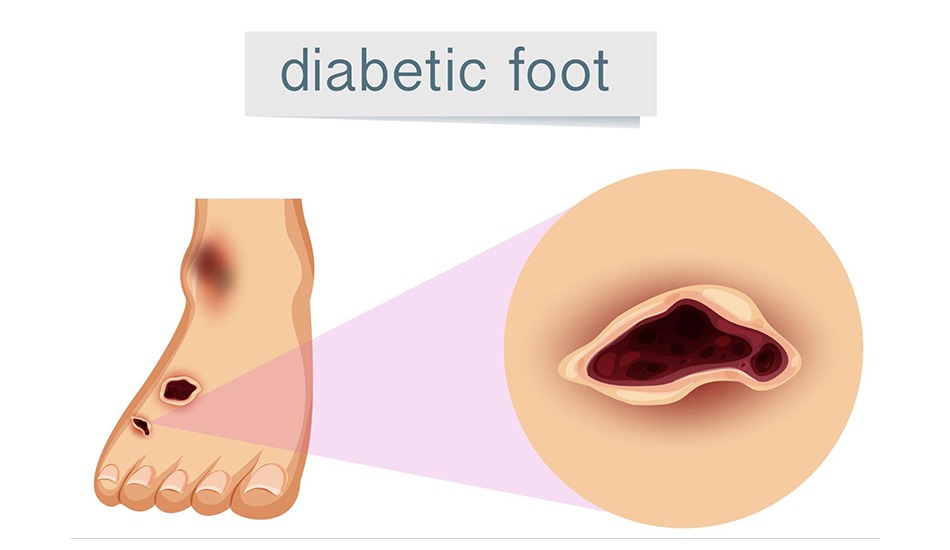
Steps to Healing: Diabetic Foot Ulcer Surgery and the Road to Rehabilitation
Tuesday, 16th April 2024First of all
In the case of diabetics, foot health is a critical component of overall health. Regretfully, diabetes can occasionally result in problems like diabetic foot ulcers, which can have serious repercussions if addressed. Diabetic foot ulcer surgery is a specialist intervention designed to aid in the healing process, stop additional problems, and help people with this condition regain their comfort and mobility. We'll go into the realm of diabetic foot ulcer surgery in this post, discussing the process, its importance, and the road to recovery.An Overview of Diabetic Foot Ulcers
Open sores or wounds that frequently appear on the feet of people with diabetes are known as diabetic foot ulcers. Poor circulation, nerve degeneration (neuropathy), and heightened susceptibility to infections are frequently the causes of these ulcers. It is imperative to manage diabetic foot ulcers since they can result in severe complications such as cellulitis, infections, and in extreme situations, amputation. .
When Surgery Is Required:
Surgery for diabetic foot ulcers is usually contemplated when non-invasive measures including wound care, pressure unloading, and infection management don't work. In order to remove non-healing or contaminated tissue, relieve pressure on the affected area, or treat issues that could impede the healing process, surgery might be advised.
Typical Surgical Procedures:
Debridement: Debridement is the process of extracting diseased or dead tissue from an ulcer. This process aids in establishing a hygienic and healthy atmosphere. Pressure Offloading: In order to lessen the strain on the ulcer, surgical procedures may concentrate on shifting pressure on the foot. To treat abnormalities that lead to excessive pressure, this may need the use of braces, special footwear, or even surgery. Skin Grafts and Flaps: Surgeons may utilise skin grafts or flaps to patch a wound if a considerable amount of tissue has been lost. This lowers the chance of infection and hastens the healing process.
The Value of Prompt Intervention
Diabetic foot ulcers require early identification and swift surgical management. The danger of complications increases with the length of time an ulcer is left untreated. To address the many facets of diabetic foot care, a multidisciplinary strategy combining medical specialists such as podiatrists, vascular surgeons, and infectious disease specialists is frequently necessary.
Recuperation and Care Following Surgery:
In order to maximise recovery, patients with diabetic foot ulcers will need to get close postoperative care. This could entail managing medications, tending to wounds, and always keeping an eye out for any indications of problems or infection. Additionally, patients are urged to follow a diabetic treatment plan, get regular checkups, and practise good foot cleanliness as preventive measures.
In summary:
For those with diabetes, having diabetic foot ulcer surgery is a big step towards healing and regaining the functioning and health of their feet. It is critical to get prompt medical assistance if you or someone you know is dealing with diabetic foot ulcers. Surgery may be required on the road to recovery, but with the help of a committed medical team, it is possible to make the required progress in the direction of a more pleasant and healthy life. Recall that each step towards healing represents a step towards a better future.


